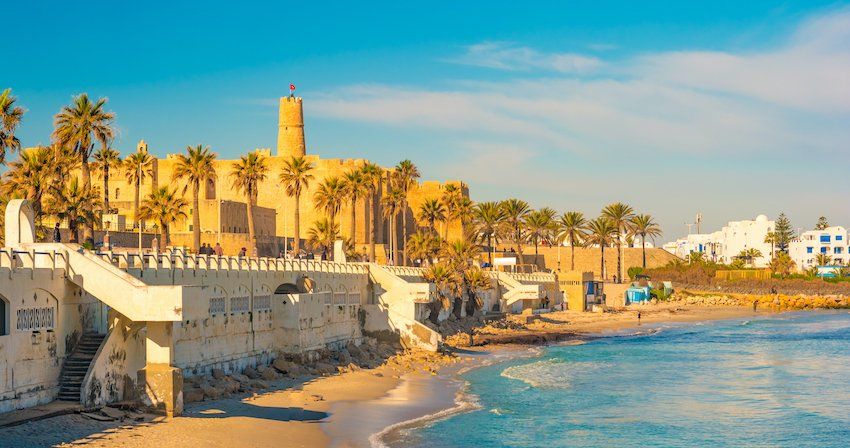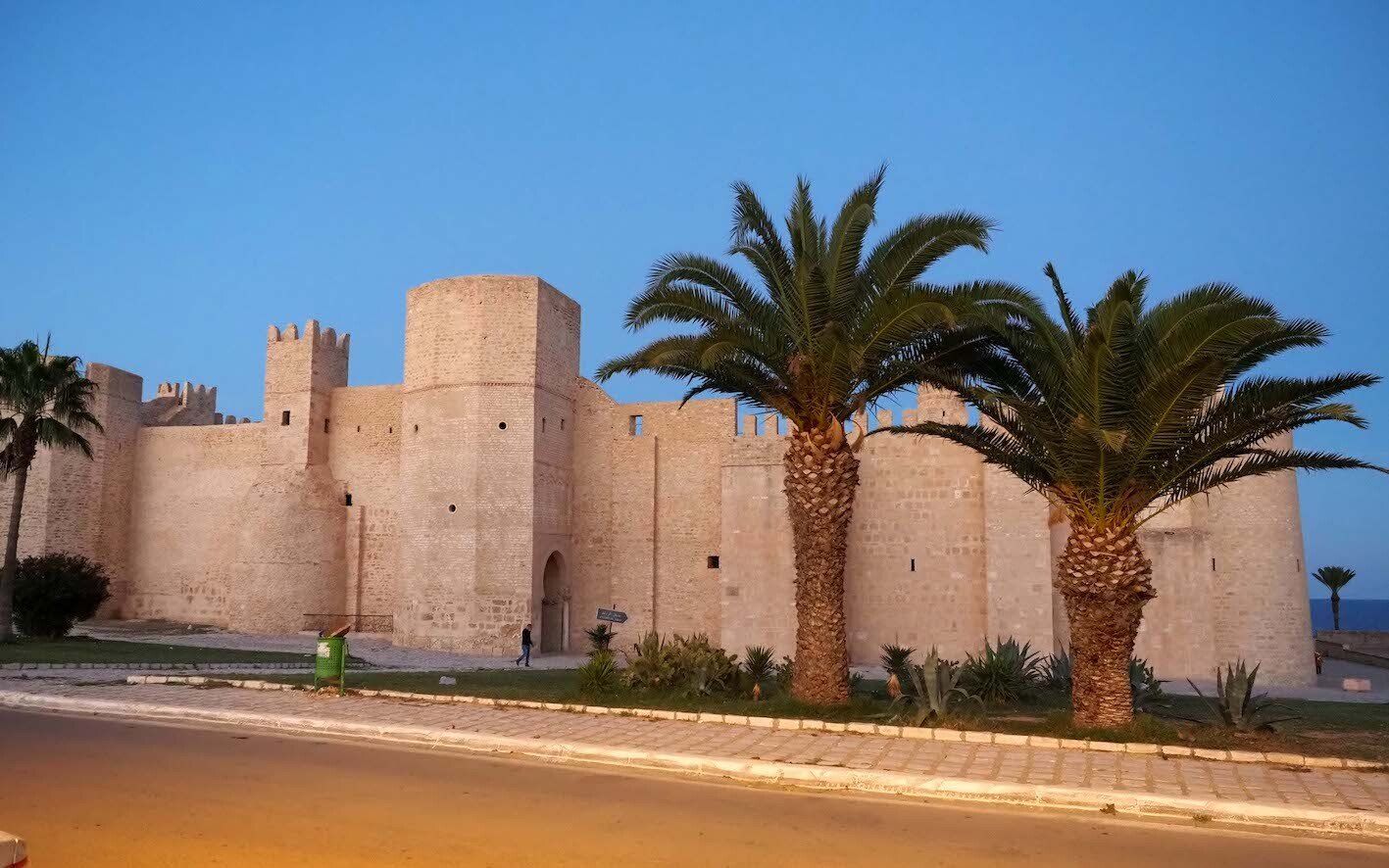TUNISIA
Tunisia a country that has been occupied by many races and countries over thousands of years. However, this could also be yet the start again of another invasion very soon. This time tourists! Returning to settle onto the 900 miles of beaches along its warm Mediterranean coast.
With larger tour operators now bringing in charter flights once again after the Covid-19 lockdowns the country is ready to smile again on it’s visitors. It has always had a regular and consistent stream of returning holiday makers. Those that have recognised what this country can offer families, couples or singles. Many tourists head to the major beach resorts around Sousse. Also a prime location to visit some of its major historical sites such as the Coliseum at El Jem and Ribat in Monastir.
Both locations have been used to provide the backdrop in major cinema films of ‘Gladiator’ and Monty Python’s ‘The Life of Brian’. Star Wars also used the country several times. The first was the home planet of Luke Skywalker Tataouine, which is in fact the real name for the town where it was filmed! The capital Tunis should not be overlooked either. Here in the city there is a history meeting too. Wide French influenced boulevards mix with narrow Arab medina’s crammed with colourful stalls selling trinkets, bags and gifts. Or in the Central Market where the noise and colour assault your senses in the fish, meat and vegetable sections. For around 30pence it is possible to catch a tram from the city centre to the pretty blue and white hillside coastal village of Sidi Bou Said.
Climbing up the gently sloping street to the summit. Here is a chance to sample the sweeter side of Tunisian cuisine. A ‘Bambalouni’ is a large ring type doughnut covered in sugar. Delightful views from the top over the bay, marina, harbour and beach very much reminiscent of Santorini. The village is next door to the ruins of Carthage. This was once the base to the most powerful people in the Mediterranean, the Pheonicians. Later the Carthaginians ruled from here and in their fortified promontory. Located at the narrowest point of the Mediterranean, this stronghold ruled the area and was very successful for hundreds of years. Following the Punic wars the Romans took charge of the city and its valuable ports. As they also did over much of North Africa even to as far West as Morocco. Carthage managed to hold reign over the area with their fleet of ships that traded and fought their way around much of the Mediterranean. Today in the ruins, the Carthage layer is dominated by the Roman remains. Although there are examples of mosaics from nearly all periods of occupation to be displayed there.
Heading two hours south from Tunis to El Jem and its magnificent coliseum almost similar to one that most people know in Rome. Standing in the flat landscape of Tunisia it is a very striking building with most of it still complete although one section was demolished in a battle. The giant oval building which had seating for 30,000 people would have been the place to be seen in Roman times. I had the chance to tour the area below ground as well as the stadium floor and terraced seating areas. Deep below were the areas for wild animals and gladiators. The vaulted ceilings of the underground passages are still intact after some 2,000 years!
The Bourguiba Mausoleum at Monastir is a wonderful, peaceful, tranquil and cool place in terms of temperature and not contemporary trendy language. A memorial and burial place of the first President of modern Tunisia Habib Bourguibi who died in 2,000AD. Regarded as the key person who led the nation to independence in 1957. He was a supporter of women’s emancipation which was a first in Arab nations. He had been jailed in France at one time. His social reforms included education for all, family planning and a health care system.
Opposite is the fort complex of Ribat. First built in 769 and later additions followed in 966. With more changes made in the 11th, 13th and 17th centuries. It's one of the film locations for the Monty Python film ‘The Life of Brian’. The upper ramparts offer excellent views over the town, the mausoleum and marina. One hundred steps will take you even higher to the top of the watch tower. Known as the pottery town Nabeul is almost 45 miles due north over the Gulf of Hammamet from Monastir. From brightly glazed Tagines to plaques and tiles are on sale in the colourful shops and bazaars all over the town. Popular smaller fun items like magic camels are produced by the town’s potters suitable for easy transport home by air. Although the temptation to obtain larger items is always risky! Either for being charged for excess baggage or getting broken in transit!
Like all towns in Tunisia a visit to its medina to get an experience of it’s local life and culture.
As a top four producer of olive oil in the world returning with a taste of the country is an option too. Either, as a gift or a reminder. Riviera D’or in Tunis sell many choice oils from their shop Huilerie Loued in nicely packaged gift form or just in practical tinned containers.
Being located at the centre of the North African coast, surprisingly the country is very lush and green. It produces vast amounts of olives but also vegetables and fruits too. Which helps to make the country sustainable in gastronomy. With local seafood and meats all fresh to the table as well! Add in sunshine, miles of Mediterranean beaches, warm and friendly people it certainly makes Tunisia a more exotic choice than countries on the other side of this sea.
More information :-
http://www.shdthotels.com/
https://www.wyndhamhotels.com/ramada/gammarth-tunisia/ramada-plaza-tunis/
https://www.marriott.com/hotels/travel/tunsi-sheraton-tunis-hotel/
https://www.rivieredor.com/
Geoff Moore April 2022












